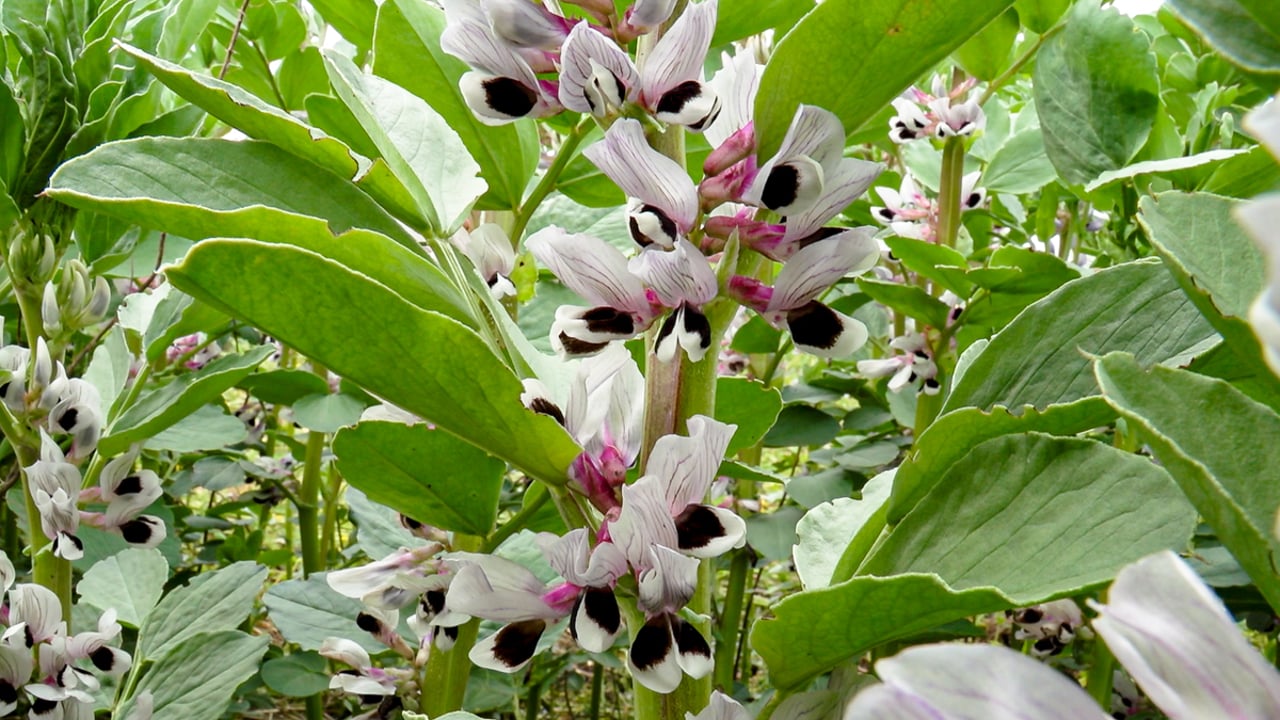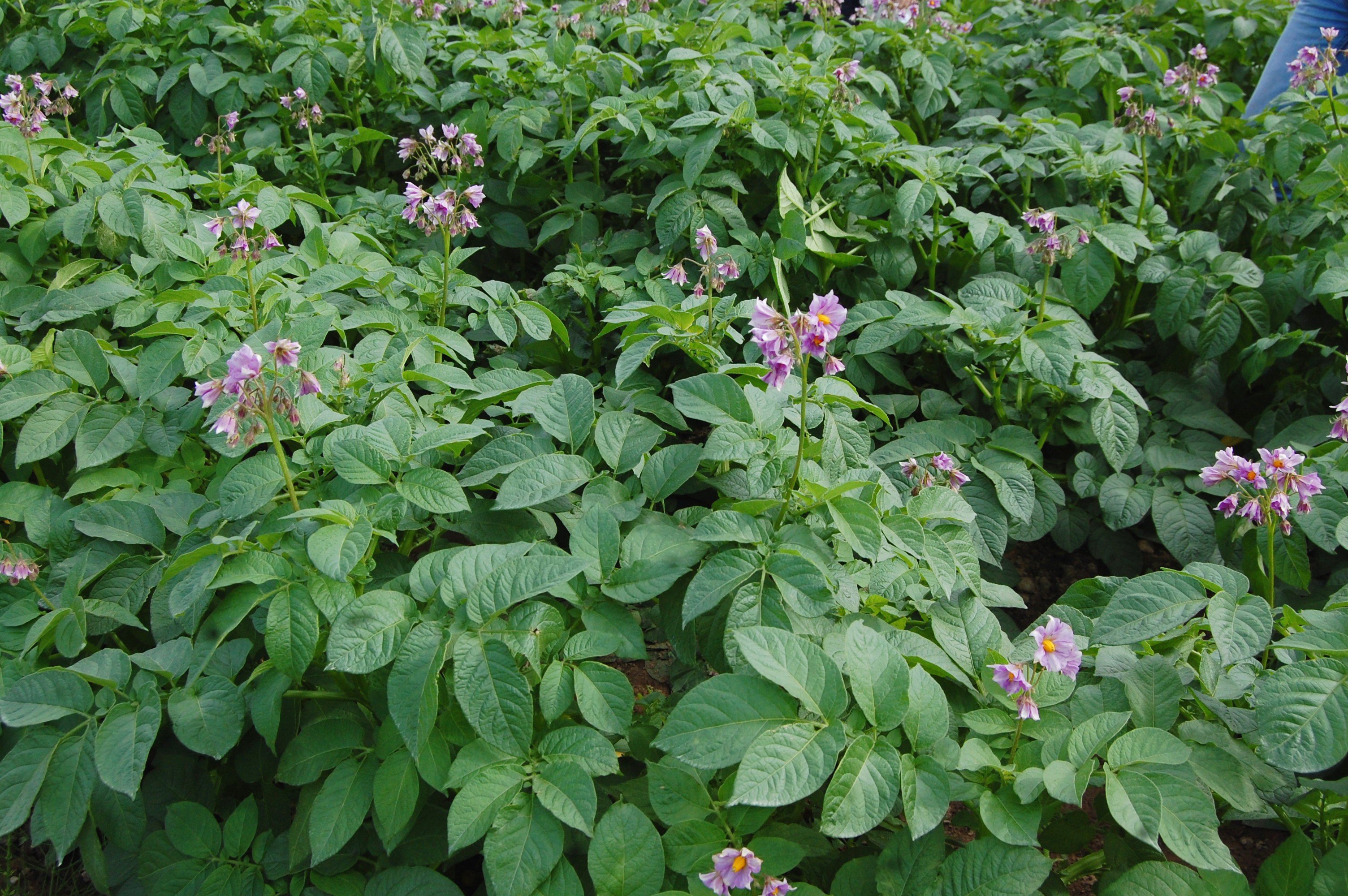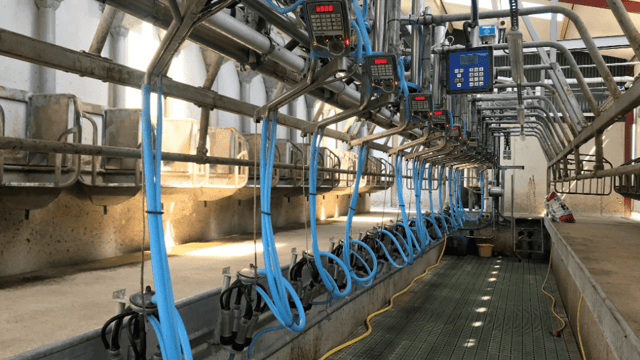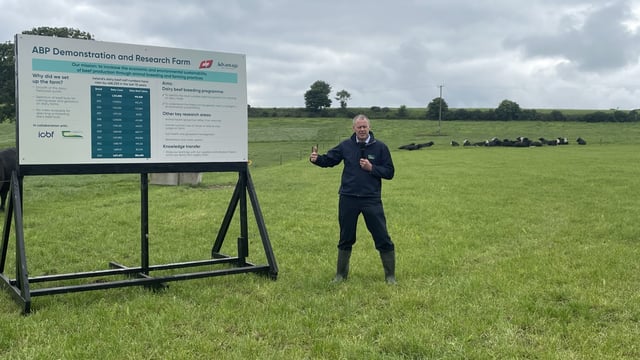Getting to grips with foliar diseases in bean crops
Teagasc agronomists point out that foliar diseases in bean crops - such as chocolate spot, downy mildew, and rusts - must be controlled.
This approach ensures that the leaves are maintained in an active state for for as long as possible.
All diseases of beans develop quickly in warm humid conditions. For chocolate spot control, fungicides need to be applied before the disease develops.
Therefore, growers should apply a fungicide at the first signs of disease or, in any case, at the start of flowering.
This process should be repeated two to three weeks later.
Growers should apply Apply Signum at 0.5-0.75kg/ha on both occasions for good control.
Elatus Era also is an option and has approval for a single application on beans at 0.66L/ha.
For downy mildew control, there are no fungicides currently available that will give control. However, according to Teagasc, Basfoliar Active and Nutriphite PGA - which are bio-stimulants - both claim to give some control.
Beans offer tillage farmers a good opportunity to control problematic grass weeds - such as bromes, ryegrasses, and wild oats - with graminicide-type herbicides.
Good control can be achieved where products such as Fusilade Max (1.0-3.0L/ha), Stratos Ultra (1.5-4.0L/ha) or Falcon (0.7-1.5L/ha) are used in time.
Generally, they need to be applied to a bean crop before flowering has commenced for best control.
June is critical for grass weed control, as they are easier to spot once they have headed out.
Significantly, the Department of Agriculture, Food and the Marine included blackgrass on the list of noxious weeds. But this means little unless growers act.
Preventing seed return of weeds like blackgrass, Italian ryegrass, or wild oats is a tillage farmer's first defence for next year’s crop.
Where numbers are low, growers can try rogueing. But where numbers are too high, spot spraying with glyphosate must be considered.
Teagasc tillage specialist, Shay Phelan, is advising potato growers to empty their stores of 2024 crop prior to this year’s harvest.
Phelan said: “We don’t need last year’s potatoes overhanging the market later in the season.
“If the retail sector is not an outlet for potatoes at the present time, then the option of peeling and chipping should be considered.”
Many main season potato crops are now meeting in the drills. Meanwhile, the threat of blight attack remains very real.
Growers are being advised to maintain their blight-spraying programmes with full rates of blights fungicides used in all tank mixes.






